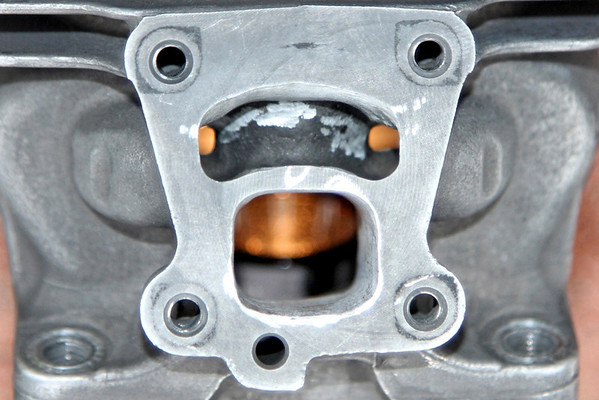so which is it?
does strato scavenge, pull exhaust out, of the cylinder....
or
does it produce a wall of fresh air to stop the intake charge being scavenged?
1: you have a tiny intake.
2: you have to tune rich to compensate for fresh air in the strato.
aside from flow considerations... having everything that is introduced to the combustion chamber be at the proper air/fuel ratio cannot be a bad thing.
not being argumentative, just trying to understand and evolve.
It produces a wall of fresh air, so the waist is clean, aka the escaping air doesn't have any fuel in it. no scavenged involved with strato engines at all.
Like Mike said, you'd need a pipe for that.






